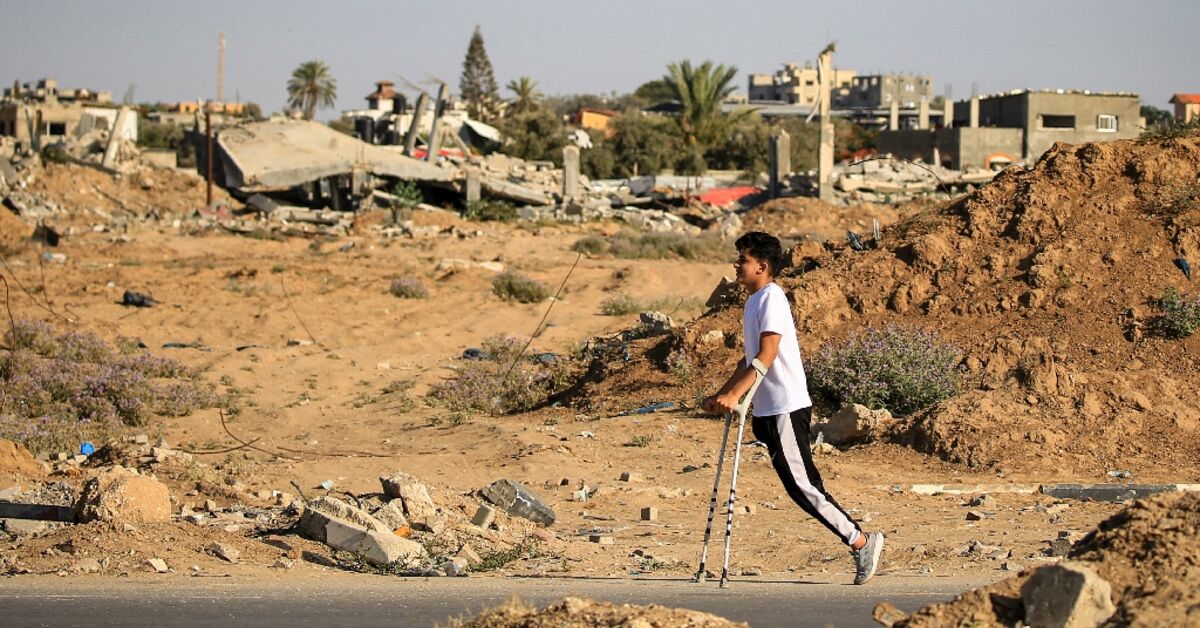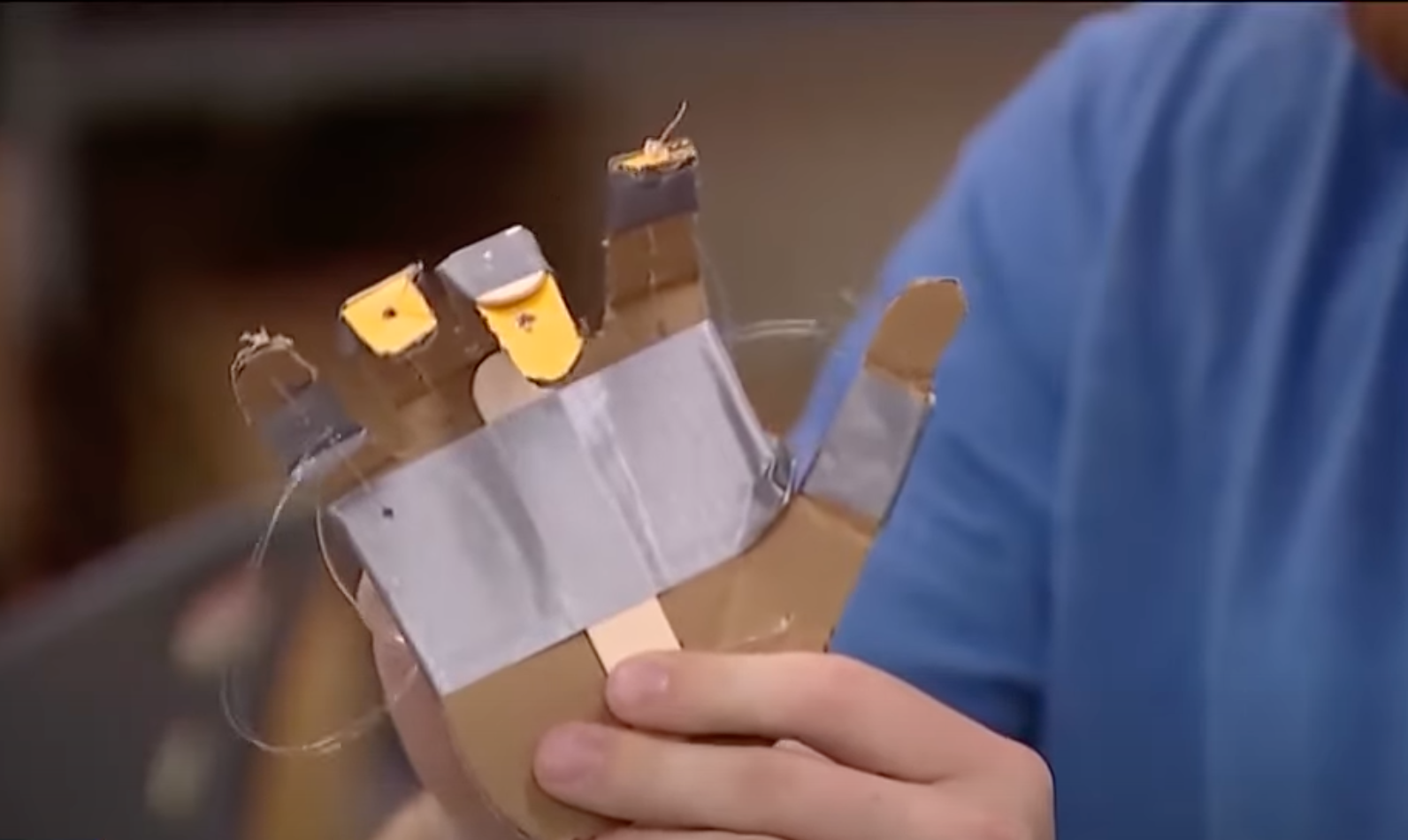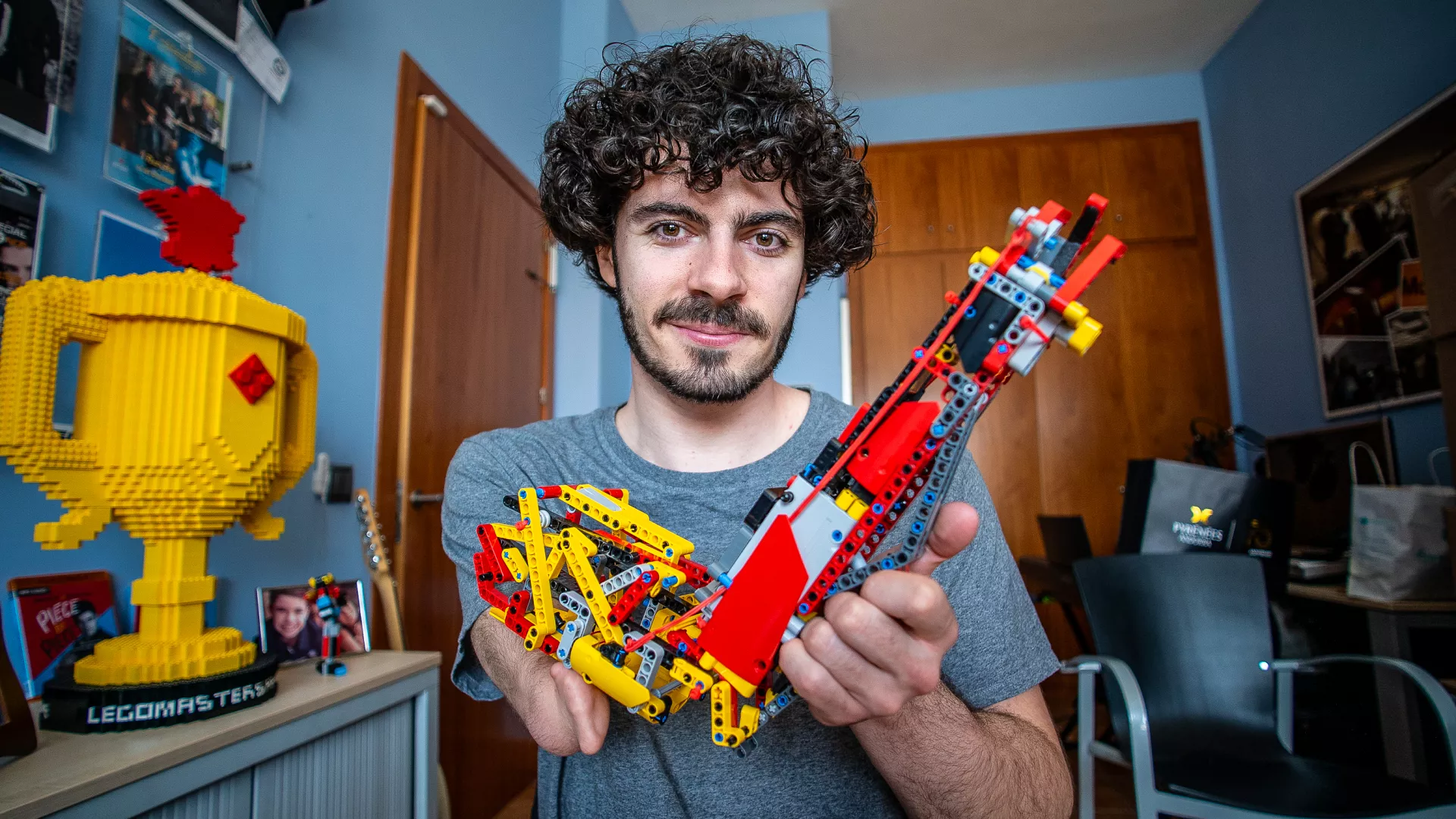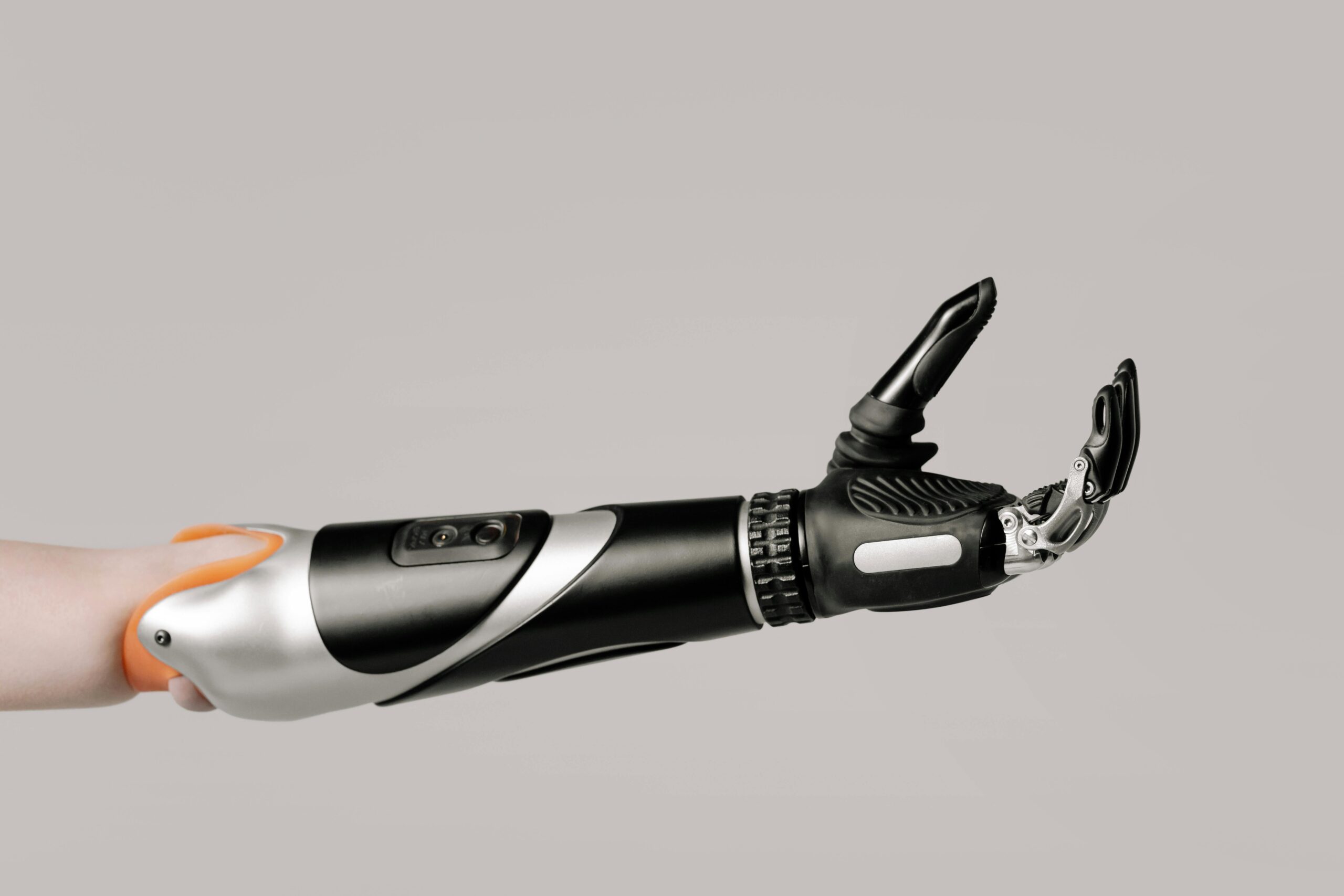The ongoing war in Gaza has resulted in a staggering number of amputations, with early estimates indicating that more than 1,000 children are among the thousands of amputees now facing a lifetime of challenges. The healthcare system in Gaza, already stretched to its limits, is struggling to meet the needs of these individuals due to widespread damage to medical facilities, shortages of trained professionals, and disruptions caused by the ongoing conflict.
Reports from the Health Cluster reveal that surgical amputations performed in Gaza are often sub-optimal due to the extreme conditions under which medical teams are operating. Many of these amputees will require further surgeries in the future. Compounding this crisis is the urgent need for rehabilitation services and long-term access to prosthetics, both of which are currently unavailable due to the destruction of medical infrastructure and the displacement of healthcare professionals.
Key Rehabilitation Centers Out of Service
Two of Gaza’s primary prosthetic and orthotic centers—Sheikh Hamad Hospital and the Artificial Limbs and Polio Centre (ALPC)—have been severely impacted by the war.
• Sheikh Hamad Hospital, which opened in 2016, provided around 150 new prosthetics and 250 new orthotics each year. It was severely damaged in the early stages of the conflict and is no longer operational.
• The Artificial Limbs and Polio Centre (ALPC), which served over 3,000 patients annually, is one of the few prosthetic centers that remain physically intact. However, due to the ongoing conflict, neither staff nor patients can access the facility.
Health Experts Call for Urgent Action
The Health Cluster, in coordination with the Rehabilitation Task Force, is calling for immediate, coordinated efforts to address the crisis. They emphasize that short-term solutions, such as one-off prosthetic fittings or donations of second-hand prosthetics, will not be effective. Instead, long-term rehabilitation programs and sustainable prosthetic services are needed to ensure proper care for amputees in Gaza.
Rehabilitation Task Force Recommendations
The Rehabilitation Task Force has issued several key recommendations to tackle the crisis:
1. Multidisciplinary Care: Surgical teams should include rehabilitation professionals to provide immediate peri-operative care and ensure better long-term outcomes.
2. Accurate Record-Keeping: Surgical facilities should keep detailed records of all amputations to allow for follow-up care.
3. Rehabilitation Hubs: Once security conditions allow, referral hubs staffed with rehabilitation experts should be established to provide both inpatient and outpatient care.
4. Outreach Services: Outreach programs should be set up for those unable to access rehabilitation services due to mobility issues.
5. Sustainable Prosthetics Care: The focus must be on reopening existing prosthetics centers and expanding services to cover the entire Gaza Strip. Providing sustainable, long-term prosthetics services is critical for ongoing care.
6. Avoid Medical Evacuations: Medical evacuations for prosthetic care should only be considered as a last resort, and only if follow-up care can be guaranteed within Gaza.
A System in Need of Urgent Support
FULL REPORT
With prosthetic centers out of operation and medical personnel displaced, Gaza is facing a dire shortage of Prosthetics and Orthotics (P&O) specialists. To address the massive demand, a coordinated surge of trained professionals and supplies will be required. The Task Force urges international support to help reopen existing facilities, supply raw materials, and expand the services needed to meet the growing needs of the war-affected population.
For Further Information
Organizations wishing to support the rehabilitation efforts in Gaza can contact:
• Hadil Alsaqqa (h.alsaqqa@hi.org)
• Heba Al Najjar (alnajjarh@who.int)The Health Cluster also recommends consulting the handbook Early Rehabilitation in Conflict and Disasters,
As the humanitarian crisis in Gaza deepens, health experts stress the need for immediate, coordinated action to ensure that amputees receive the care they need—now and in the future.



